Has the coronavirus crackdown gone too far? Some of Boris Johnson’s own MPs certainly think so. This week, Tory MP Edward Leigh accused the government of ‘authoritarianism’ over the decision to impose greater restrictions during this second wave of coronavirus infections. Leigh is right to be concerned: we have seen the rights and privileges that had taken centuries or millennia to achieve indifferently cast aside in the space of six months by public health measures outlined in the Coronavirus Act.
We were told in the early days of the pandemic that the measures were necessary to ‘protect the NHS‘ and ‘flatten the curve‘. But while those aims were achieved, I’m not convinced we can credit the strict rules which were introduced.
Although certain NHS hospitals in the country were stretched to capacity, others, fortunately, were not. This may have been partly due to social distancing measures but it may also have been because many operations were cancelled and the fact that non-Covid admissions actually decreased during the pandemic. Worryingly, there is evidence for an increase in excess deaths from non-Covid causes at home, possibly due to this lack in admissions. Coupled with the predictions that thousands may die from cancer due to delays in diagnosis and treatment, this paints something far from the picturesque image we envisioned when told about ‘protecting the NHS’.
What about flattening the curve? The idea that strict lockdown resulted in lower mortality rates than those predicted based on the hypothetical Imperial College model is also open to interpretation. Some experts feel that the assumptions upon which that model was based were from extreme measurements made in Wuhan which were not necessarily reflective of epidemiological patterns seen elsewhere. This was crudely proven by extrapolations from that model predicting over 80,000 deaths in Sweden, when in reality Sweden’s actual deaths from Covid-19 are less than 6000. The fact that Sweden also managed to follow a curve that eventually flattened and fell, without lockdown, suggests that lockdown itself may not have been the determining factor in our ‘flattening the curve’.
That’s not to say that social distancing or quarantine does not have a part to play in controlling viral spread. Numerous studies have been published in the last 50 years detailing the effectiveness of quarantine in outbreaks of regional cases. However, the blanket lockdown of healthy people who are not infected had never been tried in recent history and our experience following this experiment has led to questions about its necessity.
Take, for example, the closing of schools. Numerous studies have now been published in medical journals demonstrating that school closures across the world have had very little impact on viral spread. One such study from schools in Australia demonstrated that children and teachers did not contribute significantly to Covid-19 transmission in physical educational settings. This has been supported by studies from Japan showing that school closures did not reveal any mitigating effect on the transmission of SARS COV-2. These papers in turn pre-empt a study that is likely to be published later this year showing similar results in the UK.
Furthermore, these school closures may have actually made things worse. A disturbing study published recently in one of the world’s premier medical journals, JAMA, showed that lengthy school closures were associated with a statistically significant higher risk of depression and suicide attempts in children. Considering that healthy children are exceedingly unlikely to suffer the worst aspects of coronavirus infection, such adverse effects of lockdown become unacceptable.
With death rates not yet rising exponentially in line with new cases, it is therefore puzzling as to the rationale of returning to this controversial lockdown experiment. Leading scientists across the UK have relayed their misgivings about these restrictions to the Prime Minister in an open letter. Politicians too are becoming apprehensive of further unchecked restrictions. Graham Brady, MP and Chairman of the 1922 Committee highlighted that the Government is ‘ruling by decree‘. And Lady Hale, the former president of the Supreme Court, has spoken out on what she perceives as parliament surrendering control to the government. Even in the USA, antagonism is building to unjustified state lockdowns, with a federal judge recently ruling that lockdown measures were unconstitutional in Pennsylvania.
This antagonism is a shame as we have learnt during this pandemic that there are alternative and less draconian methods, such as those successfully employed in nations like Sweden and Taiwan, that can be integrated with lessons we may have learnt in the UK (such as the importance of protecting care homes) to create effective and more socially acceptable strategies that the population is more likely to adhere to.
While it is important that we do not take the threat of this virus lightly and do all we can to protect the most vulnerable in our society, it is equally important that many of the rights we take for granted – such as the right to work, the right for our children to receive the optimum education and the right to peacefully assemble – are not compromised unnecessarily. If not, we may be setting a very dangerous precedent.
Got something to add? Join the discussion and comment below.
Get 10 issues for just $10
Subscribe to The Spectator Australia today for the next 10 magazine issues, plus full online access, for just $10.

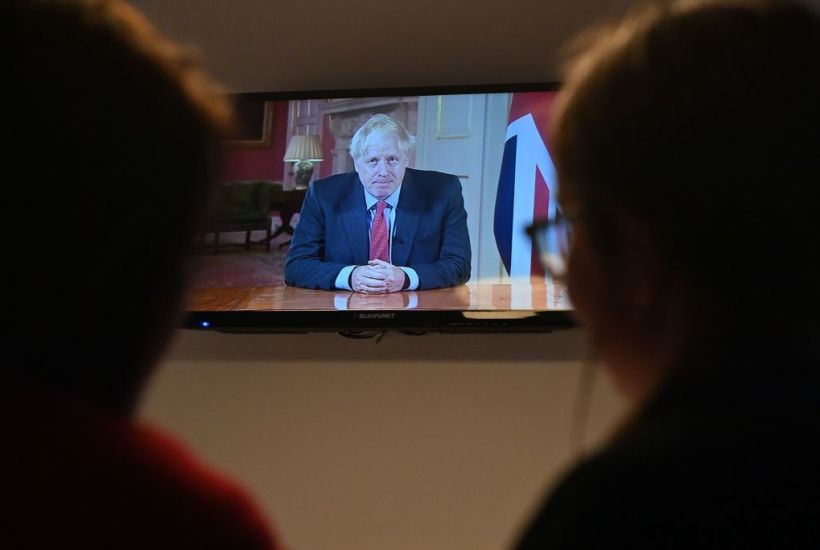
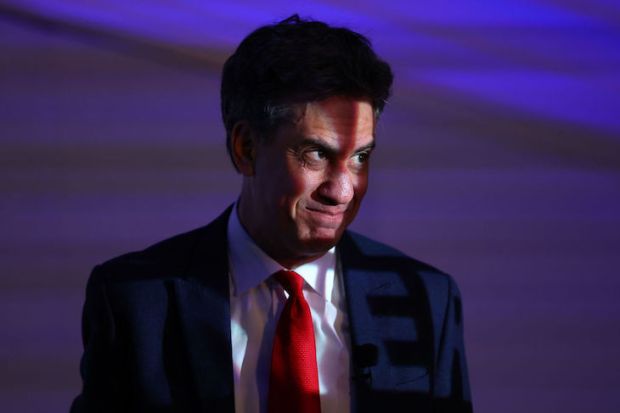
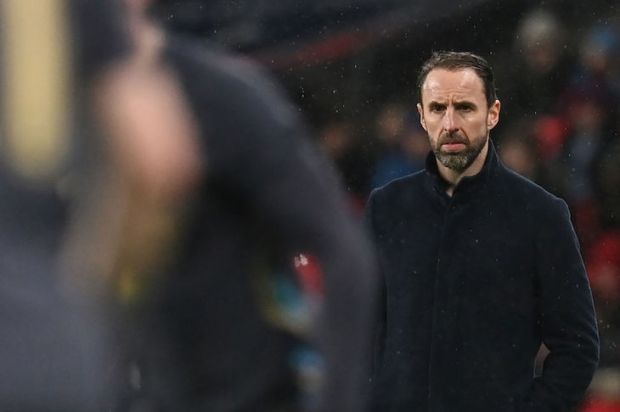
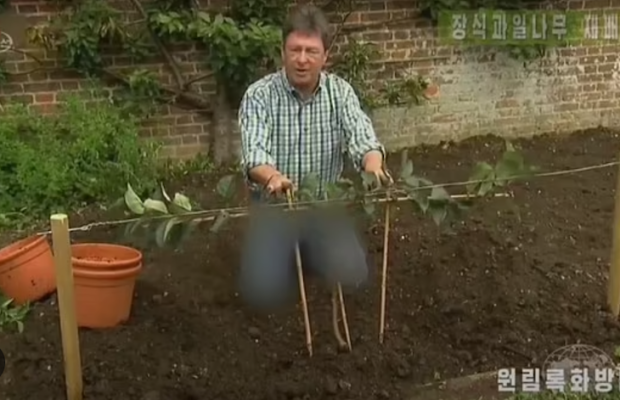

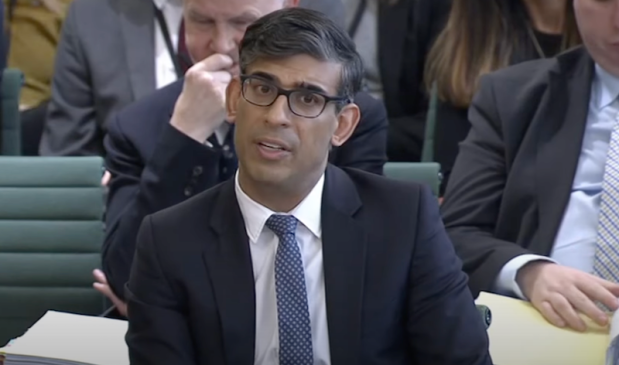













Comments
Don't miss out
Join the conversation with other Spectator Australia readers. Subscribe to leave a comment.
SUBSCRIBEAlready a subscriber? Log in